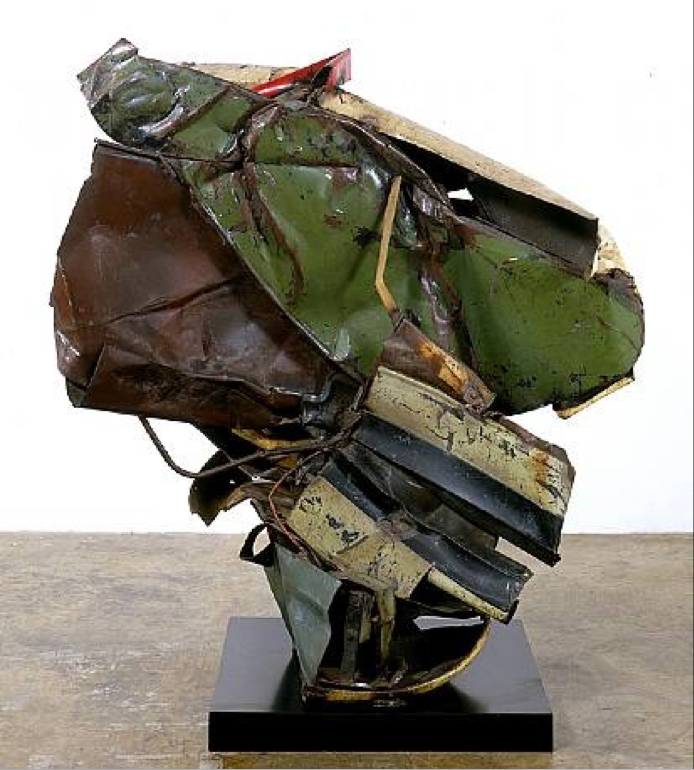Colour Me Dead - Chapter 11
Background
The Destructive Tool is the 10th production in the 18-part series of films, animations and prints collectively titled Colour Me Dead. All the productions in this project are based on research which is forming the basis for the in-development book Colour Me Dead: Art, Sex & Psychos.
The Destructive Tool is a set of 10 digital paintings in the form of fictitious film posters and printed in standard 1-sheet poster dimensions. Each salaciously and sensationally re-imagines famous paintings predicated on destructive acts or actions as exploitative films. Employing the opposite to museographic reverence, the posters signify the absolute end-point reached when fine art becomes cultural artefact. In each of the fictitious films, artists, implement, subject and representation are all staged to vivify the deadly implications of executing an artwork. For exhibition, the posters are displayed framed in glass, emulating either their original theatrical distribution display or their eventual recuperation by the vintage poster market. Or they might be displayed in some AdShells, for that corporate marketing touch.
Credits
Illustration & digital brushwork - Philip Brophy
Overview
Ground zero of the most theatrical impulse to destroy art occurred when Marcel Duchamp impersonated an arch vandal within the mythical museum and drew a moustache on a reproduction of Da Vinci’s Mona Lisa. He may have ‘forgot his hand’ in the act of painting, but he certainly remembered the power of the hand to deface a painting. Utilising a reproduction of such an iconic artwork while side-stepping historical and phantom forms of appropriation, Duchamp recentred the creative gesture in line with the masterless hammer. A perverse divertissement at the start of the 20th C., this seminal work would define The Destructive Tool: artworks less about material surface or expressive content, and more about the violent means by which artistic materials can forged.
Most surprisingly, this theatre of violence bore more than slight sexual undercurrents. Oiled surfaces bore raised welts, plasticised canvasses were slashed to ribbons, enamelled sheets gaped with yawning holes. This was the next logical step in Modernism’s hurtling trajectory: create by destruction and destroy through creation. Inevitably, all material surfaces and forms became victims of tools of the trade: brushes were overcome by scalpels, knives, hammers, saws and guns. Sometimes the tools themselves became the artworks; other times artworks resembled tragic fatalities. Regardless of whether art was present or not, one thing became certain: artists and vandals became co-dependent.
Technical
Using the tried and true method of surrealist ‘automatic writing’, each of the artworks selected for The Destructive Tool were wildly re-imagined as archetypal psycho/serial-killer/slasher movies. By simply looking at the implicit violence they embodied, murderous scenarios could be easily fabricated. Sometimes the artist would be killer; sometimes his subject; sometimes his method of making art. forged from the fathomless pool of psycho movies which in their own way carry the seminal seeds of graphic violence initiated by these artworks. The trick was simply to ‘cinematise’ the artworks’ latent death drive.
A series of surrealist puns pepper each of the posters, mostly through objectifying as cinematic devices aspects or ideas from the original painting. Marcel Duchamp’s defaced Mona Lisa returns as a physically deformed melted-living-painting; the self-replicating models from Robert Palmer’s Simply Irresistible become the spouting heads of a Max Ernst collage; Albert Giacometti’s weird wooden dildo is placed atop Da Vinci’s Vitruvian Man as the enlightenment dream is obliterated by the nihilistic nightmare; Daniel Buretti’s gaping gouged holes in red plastic find their echo in the famous Photoshop of Marilyn Monroe sprawled on red velvet; Lucio Fontana’s canvas slashes appear on the face of Greta Garbo; Nick De Sainte Phalle’s shooting performances are restaged as a hot-babe-and-hand-gun; John Chamberlain’s compressed car wreck is refigured as a possessed entity driving its own car; Gordon Matta-Clarke’s split house becomes a carney house of horrors; Andy Warhol’s iconic gun print is redesigned as a power-drink testosterone killer flick; Jean Paul Goude’s cut-up/extended large format transparencies of his muse Grace Jones are reformed into actual slashed and severed body parts.
For each poster, 3 drafts were designed, from which one was chosen for the final print. The posters were painted in Photoshop in large-scale 600dpi format. The logos and fonts were designed in Freehand and exported into layers within Photoshop. The credits contain clues to the key personnel involved in the creation, production and distribution of the original artworks.







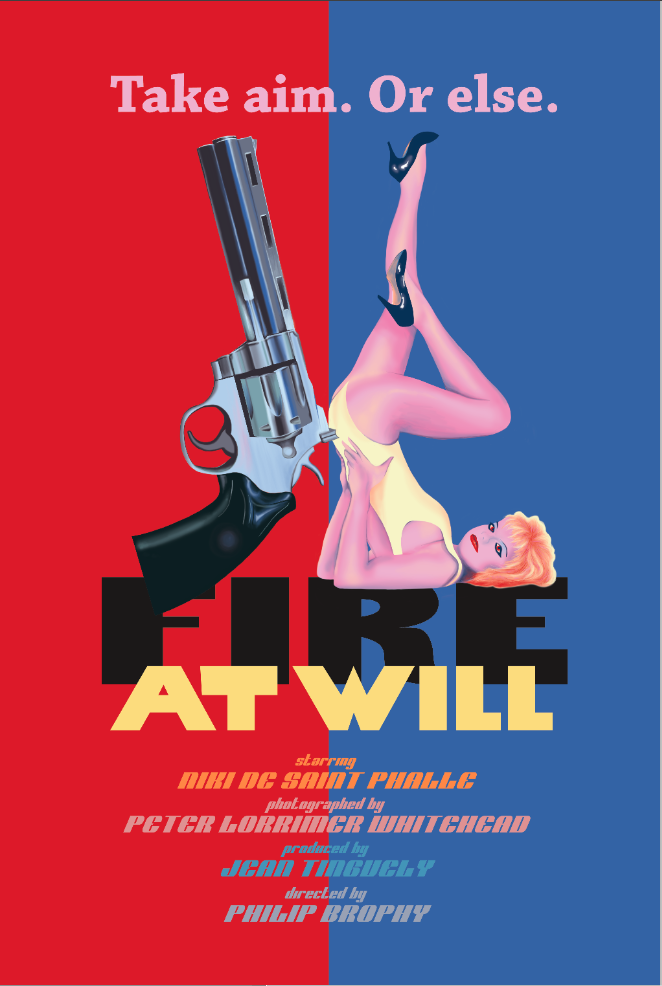



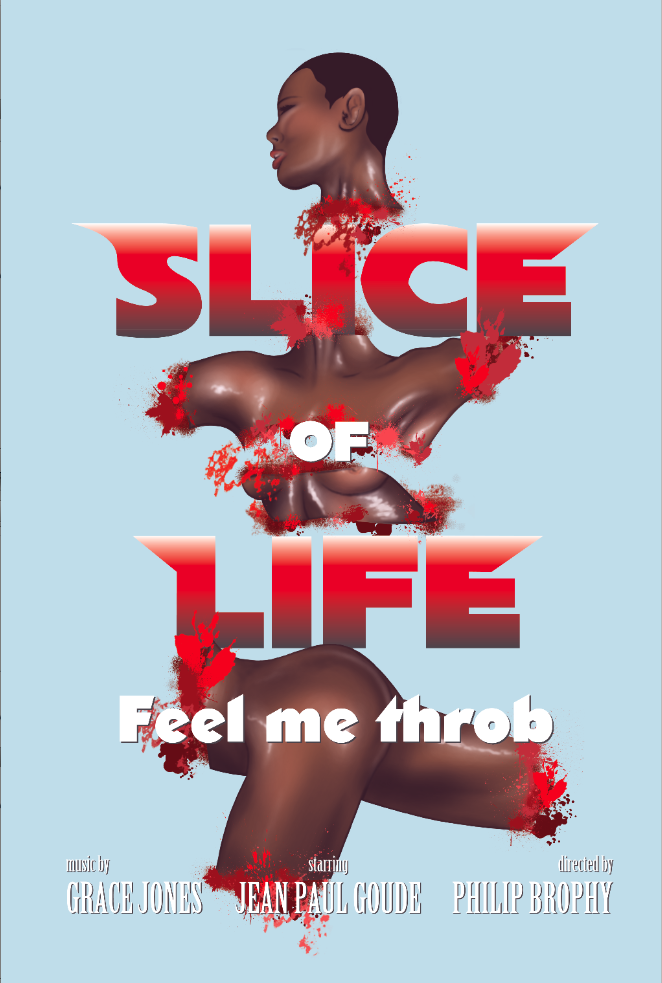




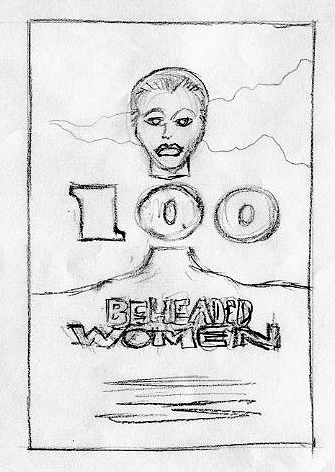



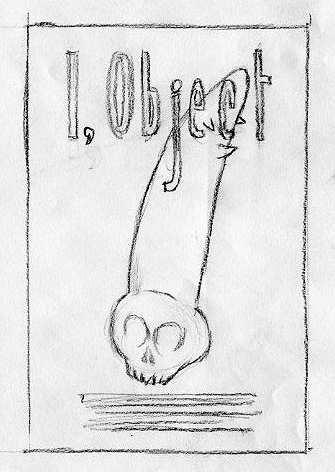








 \
\ 








